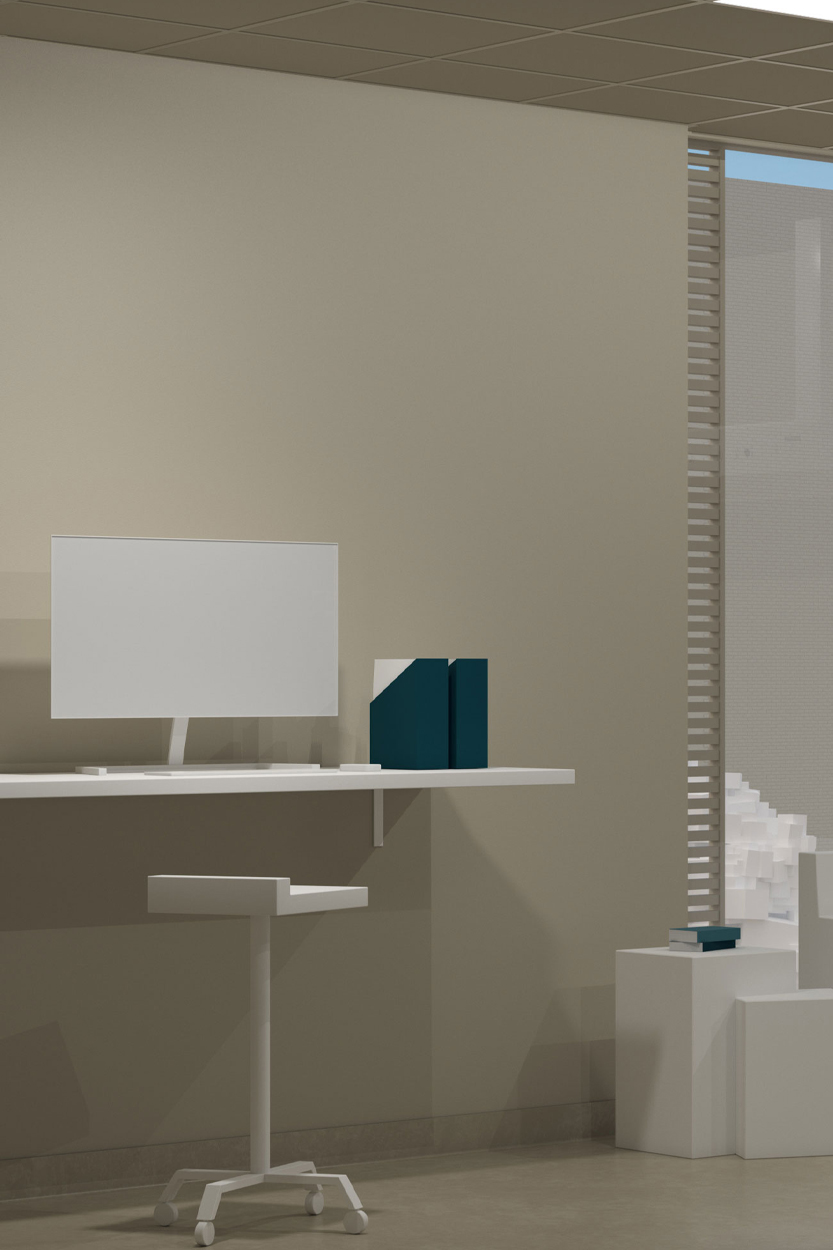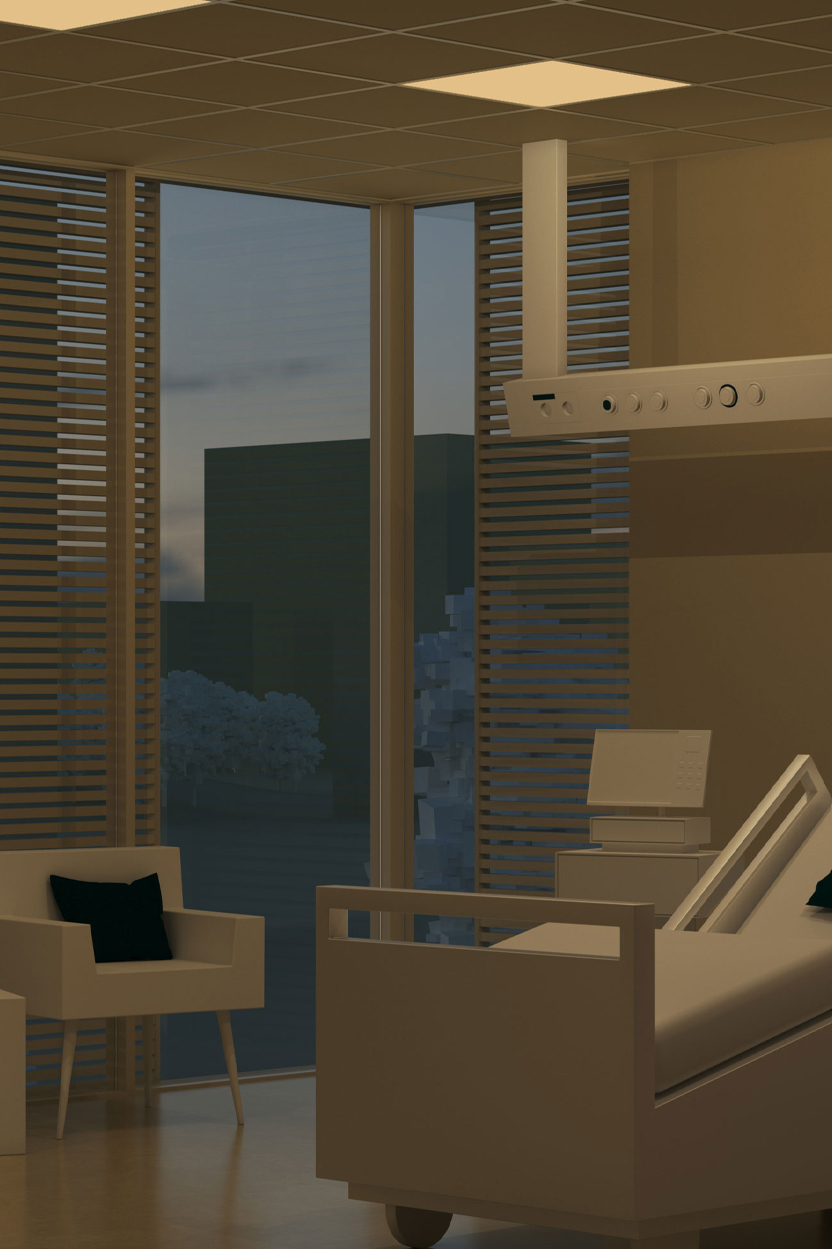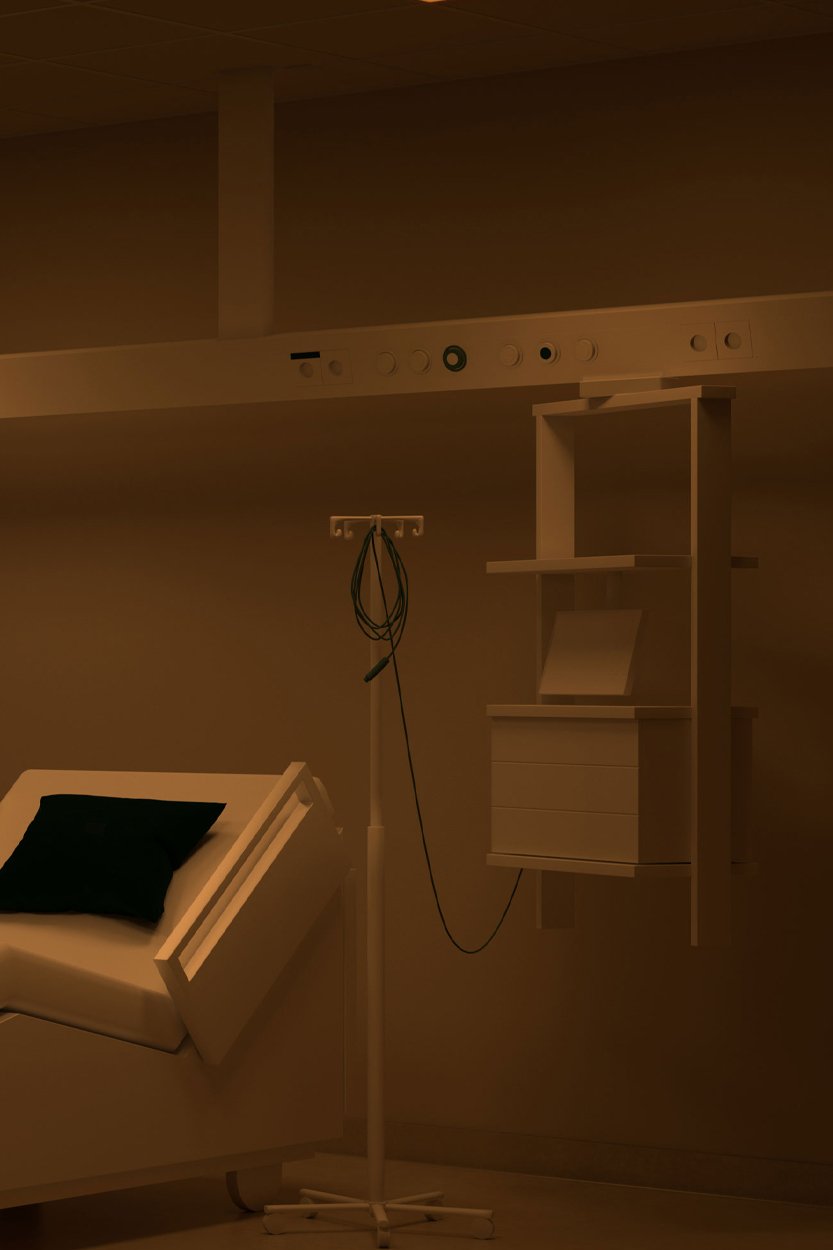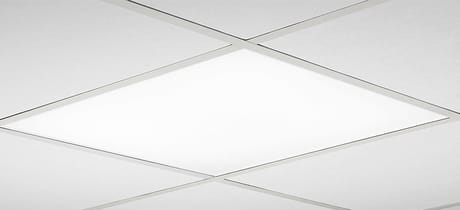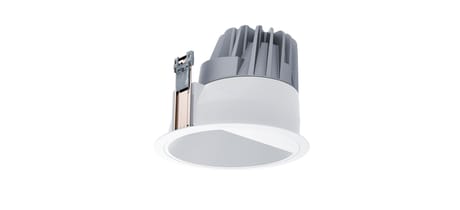Intensive care
For a seriously ill or injured patient, admission to an intensive care room can be critical. Here, visual conditions are central to patient safety, to ensure that healthcare staff can examine, treat and monitor the patient properly.
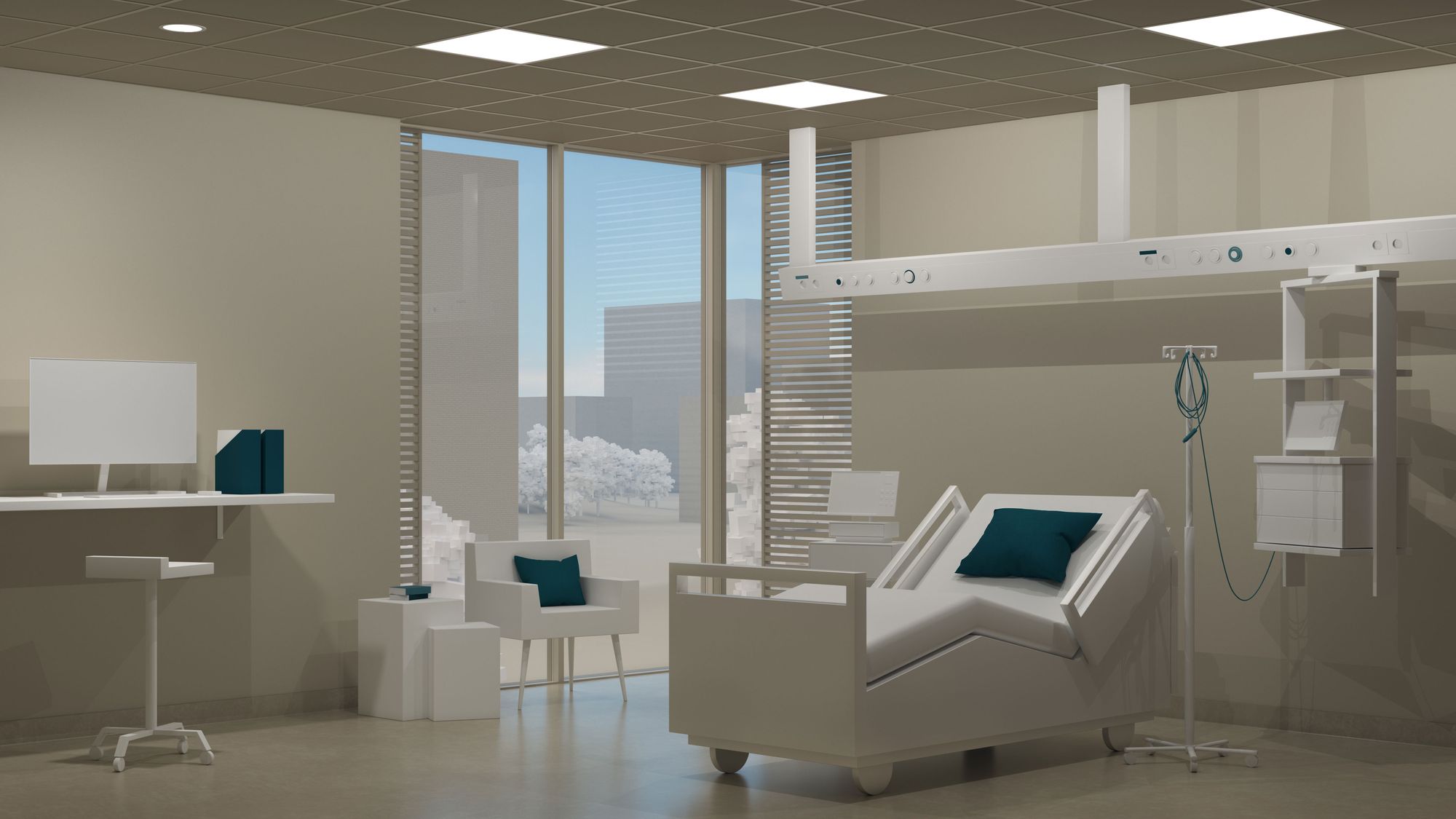
Maintaining rhythm
Patients do not generally spend a great deal of time in intensive care. Instead, they are usually transferred to a specialist ward once their condition has stabilised. Many patients are unconscious during their stay in the ICU. However, regardless of the patient's condition, it is of great importance that their circadian rhythm is not disturbed. If it can be maintained, their sleep and recovery will have much better starting points.
This is why we recommend that the patient gets plenty of light during the day to reduce drowsiness and create the right conditions for a good night's sleep. During the afternoon and evening, the intensity is reduced and the light is made warmer, which stimulates the body's melatonin production. During the night, intense and cold light should be avoided to enable the patient to relax and recuperate.
Light planning according to Human Centric Lighting
Human Centric Lighting comprises lighting solutions that meet people’s visual, biological and emotional light needs by means of a combination of daylight and electric lighting. With lighting that supports the human circadian rhythm, it is possible to create work environments that help people both to sleep and feel better, as well as to be more productive. This is achieved, in part, through a combination of different levels of light intensity as well as different colour temperatures. To get the right dose of light, we can either opt for a large amount of light for a short period of time or less light for a longer period, ranging from 30 minutes to 3 hours. Here at Fagerhult, we recommend starting the day with 250 melanopic lux for 2 hours.
Lighting with a biological impact on our circadian rhythm can be planned within the framework of all lighting projects using the factor Melanopic Ratio, which we present for all our luminaires.
1. Day 4000 K. Colder and relatively intense light during the daytime helps to reduce drowsiness and maintain the patient's circadian rhythm.
2. Evening 2700 K. Warmer, less intense light during the evening stimulates melatonin production and prepares the body for sleep.
3. Night Amber. The low light levels offered by Amber allow the patient to sleep and recuperate without being disturbed by the light during any periods they are more awake.
Make the right decision
Today, the rooms in an intensive care unit are high-tech and connected, thanks to modern medical innovations. Intensive care rooms are designed with nursing in mind, with good access to the many medical devices and appropriate working light for healthcare staff. The lighting may need to be mounted and installed on arms, a wall or the ceiling to free up space and offer greater flexibility within the room.
A visual examination of the patient is of paramount importance when deciding on the appropriate treatment. Accordingly, we recommend a generous amount of general lighting and accurate colour reproduction. Preset levels and scenes make it easy to adapt the lighting to different scenarios and needs. Due to the nature of the care provided in the room, staff need the option of strong lighting when necessary, which normally means illuminating the bed with 1000 lx.
